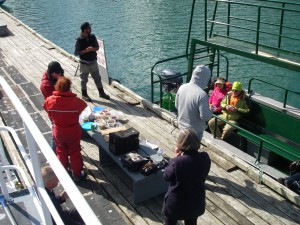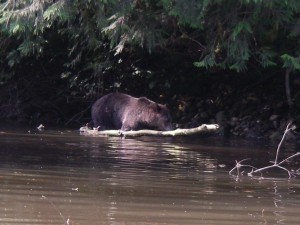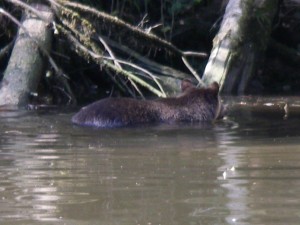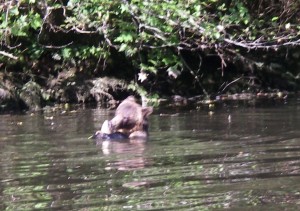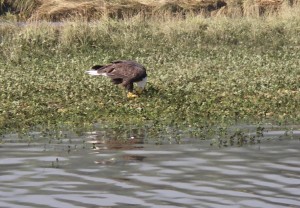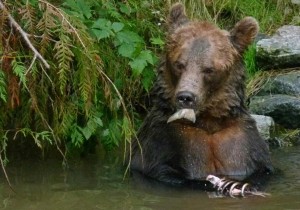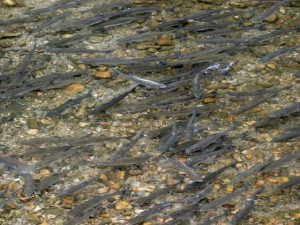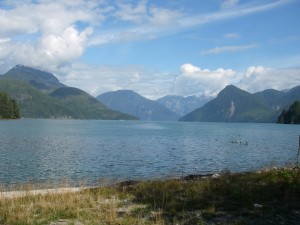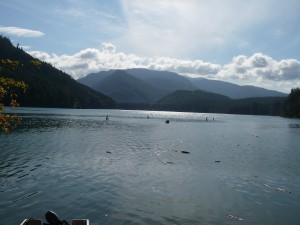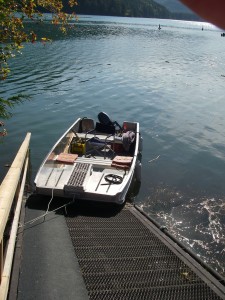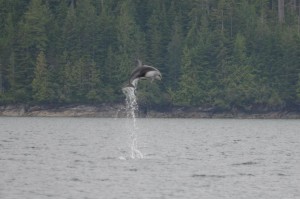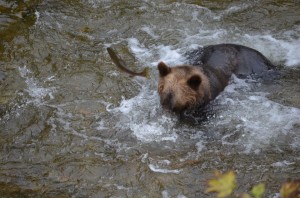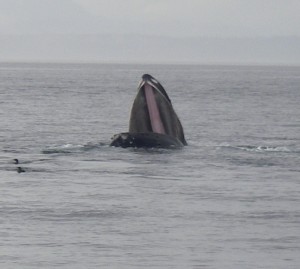
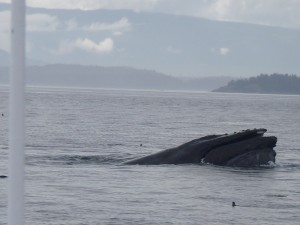
For additional photos use the “Categories” “Whale Watching” on the right. Also select “Google Map of Itinerary” under “Pages” to locate the whale watching area. The boat ride to the area of Johnstone Strait between Vancouver Island and mainland BC, where most of the whales watching take place is about 45 minutes long. If there is a low tide in the morning we normally see black bears on the beach and harbour seals on the small islands. There are four whale watching companies operating from Vancouver Island in our area. We are in radio contact and this cooperation makes locating the whales much easier. If orca or humpback whales are in the area someone will find them and report their location. The above photos were taken near Bold Head located in Blackfish Sound adjacent to Johnstone Strait. The first showing a humpback whales lunge feeding which in when a whale comes up beneath a ball of herring and tries to capture the whole herring ball in one mouth full. The second is another lunge with the white pole in the left of the photo being the antenna of our boat. This provides some perspective as to how close we sometimes are to the feeding whales.
